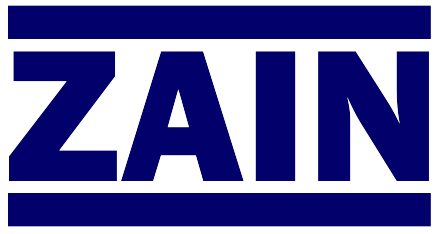Pigmented Coating Processes for Paper and Board
Author:
Lewis H. Mahony
The article explains the design and operation of coating preparation systems used in pigment and adhesive processing, emphasizing key engineering factors such as heat transfer, fluid motion, and mixing efficiency. It compares batch and continuous processes for preparing materials like clay-starch coatings and casein adhesives, discussing how viscosity and solids content affect dispersion and stability. Practical examples and system configurations are presented to guide engineers in achieving uniform, high-quality coatings with improved production efficiency.
Key Learnings
- Effective coating preparation depends on controlling heat transfer, fluid motion, and mixing dynamics to achieve uniform dispersion and stability.
- Viscosity and solids content significantly influence process efficiency, coating quality, and equipment design choices.
- Batch and continuous processes each offer advantages depending on production scale, material characteristics, and operational flexibility.
- Proper dispersion of pigments and adhesives such as clay, starch, and casein ensures consistent coating performance and prevents settling or instability.
- Equipment configuration and system design—including agitator types, heat exchangers, and storage tanks—must be tailored to material behavior and process requirements.
- Continuous monitoring and process optimization improve product uniformity, reduce waste, and enhance production reliability.
- Integrating mixing, heating, and blending stages in a well-designed system supports consistent coating quality and efficient plant operation.
If you can’t see the PDF, click "Open in new tab".

